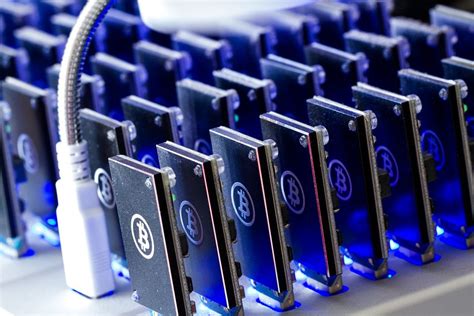The Complexity of Bitcoin Mining: Understanding Balance Calculations
Bitcoin mining is a crucial aspect of the cryptocurrency network, and understanding the underlying mechanisms can be difficult. One commonly cited point of confusion is how miners calculate their balances, especially if they include the mempool in their calculations.
In this article, we’ll dive deeper into the details of Bitcoin mining and explore how it affects miners’ balances.
What are Miners?
Miners play a vital role in securing and validating transactions on the Bitcoin network. They use powerful computers to solve complex mathematical problems, which help validate transactions and create new blocks. Miners compete to find these solutions because the first to solve them can add a new block of transactions to the blockchain.
Balance Calculations
A miner’s initial balance is not necessarily 1 BTC. When you send a transaction from your wallet to an address (e.g. A), the balance update only reflects the changes made by that transaction.
When calculating your balance, you are essentially looking at the sum of all your transactions since the last block header update. This includes:
- All transactions received from other wallets
- All fees paid for those transactions
- The value of any newly created coins (such as new blocks or unspent outputs)
Including mempool
However, when calculating your balance using blockchain data, you do not need to take the mempool into account. The mempool is a collection of transactions waiting to be processed by miners. This is because the blockchain only displays transactions that have been successfully mined and added as blocks.
In other words, if you send a transaction from A, the mempool will eventually contain all transactions received from A, but it will not automatically update your balance until those transactions are actually mined and added to the blockchain.
A simple example
Let’s say you sent 1 BTC to address B with a fee of 10 sat/byte. The blockchain shows that:
- You have 100 BTC in your wallet
- A transaction from A to B is pending in the mempool, with fees paid
To calculate the current balance, you subtract the fees (10 sat) and add the new transactions received from A (which are still pending but not yet added to the blockchain). Your balance update would only reflect the changes made by those transactions.
Conclusion

In summary, miners generally do not include the mempool in their calculations when updating their balances. When you calculate your balance using blockchain data, you are looking at all transactions received and fees paid since the last block header update, excluding pending transactions in the mempool.
This can be a useful concept to understand for those familiar with Bitcoin or mining, as it helps clarify how miners’ balances are affected by the transaction history on the blockchain.

